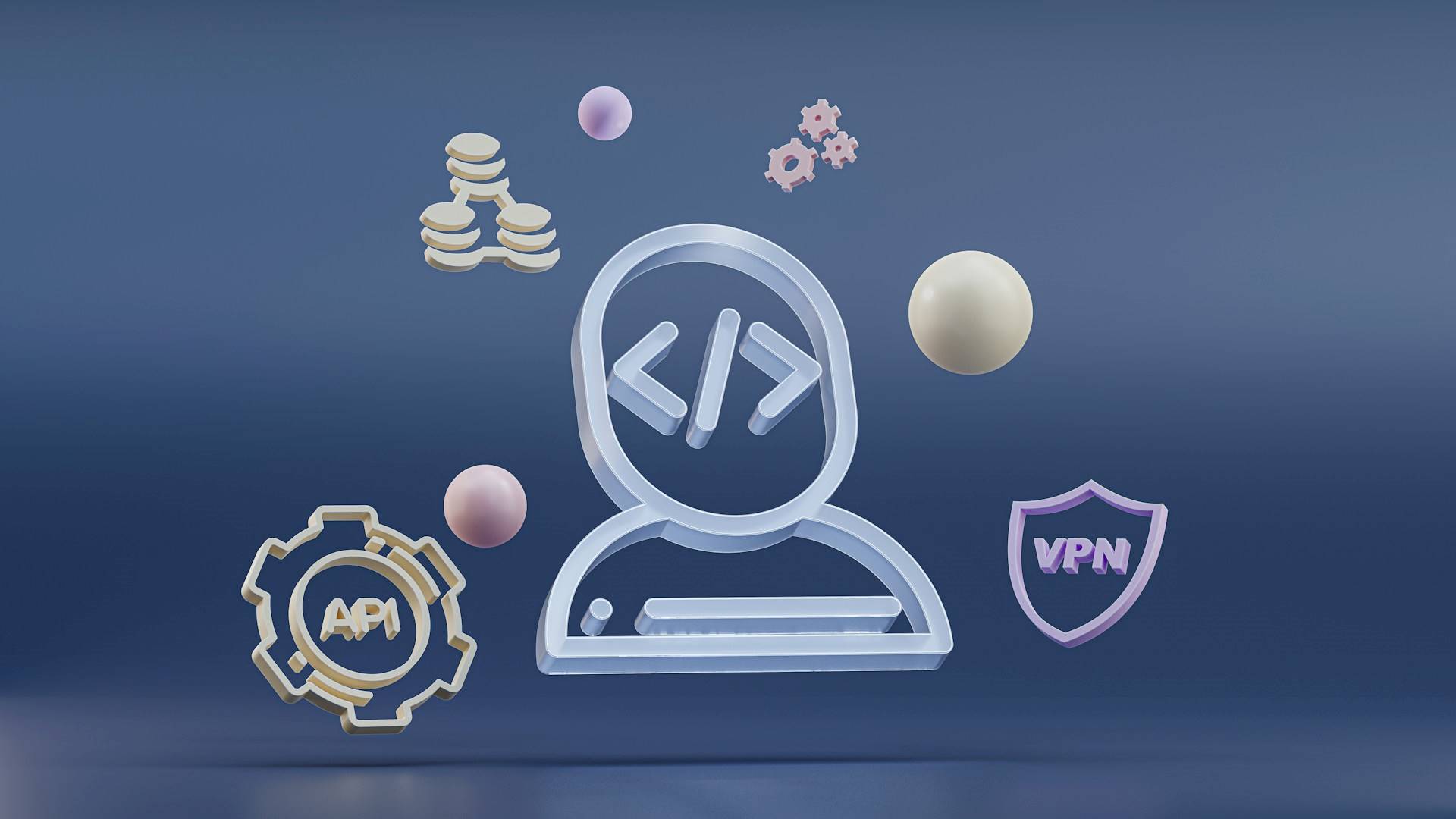The way we build is changing and fast. For decades, software development was the domain of those who could write complex code, navigate dense frameworks, and speak the languages of machines. But the rise of no-code platforms has opened a new frontier, one where ideas are no longer bottlenecked by technical expertise alone.
Now, with just a browser and a bit of vision, anyone can create. The tools have changed but does that mean the rules have, too? Let’s unpack what this means for developers, designers, and the future of creation.
What Exactly Is “No-Code”?
No-code platforms let users build websites, applications, and automations using visual interfaces instead of raw code. With drag-and-drop elements, ready-made components, and logic flows that feel more like a conversation than a compiler, platforms like Webflow, Bubble, Glide, and Adalo have lowered the barrier to entry for digital creation.
But make no mistake, this isn’t about shortcuts. No-code still demands clear thinking, design awareness, and problem-solving skills. It doesn’t erase the need for logic; it simply removes the gatekeeping.
The Promise of No-Code
Speed and Agility
Gone are the days of waiting weeks or months to launch. No-code platforms let you iterate fast, test ideas quickly, and pivot without writing hundreds of lines of code. For startups and solopreneurs, that’s a game-changer.
Reduced Costs
Instead of hiring entire dev teams to build an MVP, businesses can now get scrappy. Founders can test markets with limited funds. Designers can bring their ideas to life without waiting for engineering bandwidth. This opens up room for experimentation and innovation.
Power to the People
Perhaps the most important shift is democratization. With no-code, non-technical people are building meaningful products. Creatives, marketers, teachers, and freelancers, people who used to be locked out of tech, are now creating solutions that serve their communities. That’s not just empowering. It’s revolutionary.
But It’s Not a Silver Bullet
No-code is powerful, but it’s not perfect.
Limited Customization
If you need a deeply customized product or something that stretches the limits of logic and performance, no-code may fall short. These platforms offer templates and guardrails which, while helpful, can also constrain creativity and complexity.
Scaling Isn’t Always Seamless
An MVP built in no-code may struggle under the weight of thousands of users or more complex integrations. At some point, many products hit a ceiling that requires custom development to break through.
Security Matters
Abstracting the backend doesn’t eliminate the risks. Security concerns, especially around data handling, permissions, and compliance, must still be addressed. Not every no-code tool is enterprise-ready.
What This Means for Developers and Designers
No-code isn’t a threat, it’s a tool. And like every powerful tool, it rewards those who know how to wield it well.
For Developers
Think of no-code as your fast lane. Use it to prototype faster, test ideas quickly, and focus your engineering muscle where it matters most, on performance, scalability, and advanced integrations.
Rather than being replaced, developers who embrace no-code become more versatile. You’re not coding less, you’re coding smarter.
For Designers
No-code offers a rare opportunity: the chance to build what you design. You no longer need to hand off mockups and hope your vision is faithfully executed. You can create the full experience, visually, interactively, and functionally.
But remember: design thinking still matters. A poorly designed experience, even if built quickly, is still a poor experience.
So, Is No-Code the Future?
Yes and no.
No-code is not the end of traditional development. It’s the expansion of it. It offers a faster, more inclusive, and more cost-effective approach to building but it doesn’t replace the need for deep technical expertise, especially at scale.
The future belongs to creators who can blend both worlds: Those who understand the power of design and user experience, and those who know when to reach for no-code and when to dive into code. It’s not a matter of either/or. It’s about using the right tool at the right time.
A Hybrid Future
The best builders of tomorrow will be hybrids, part creative, part strategist, part technologist. They’ll use no-code to move fast, test early, and learn deeply. And they’ll rely on traditional development when the mission calls for precision, scale, and innovation.
No-code isn’t the end of the road for developers or designers. It’s the beginning of a new one, where more people can build, faster and more fearlessly than ever before. Let’s embrace it.
